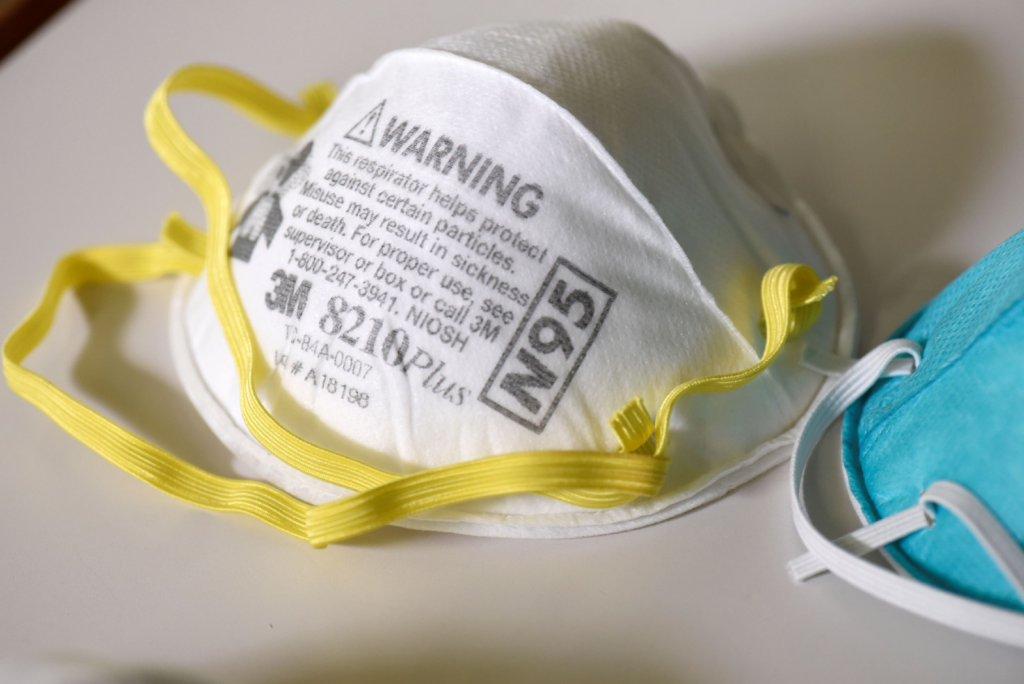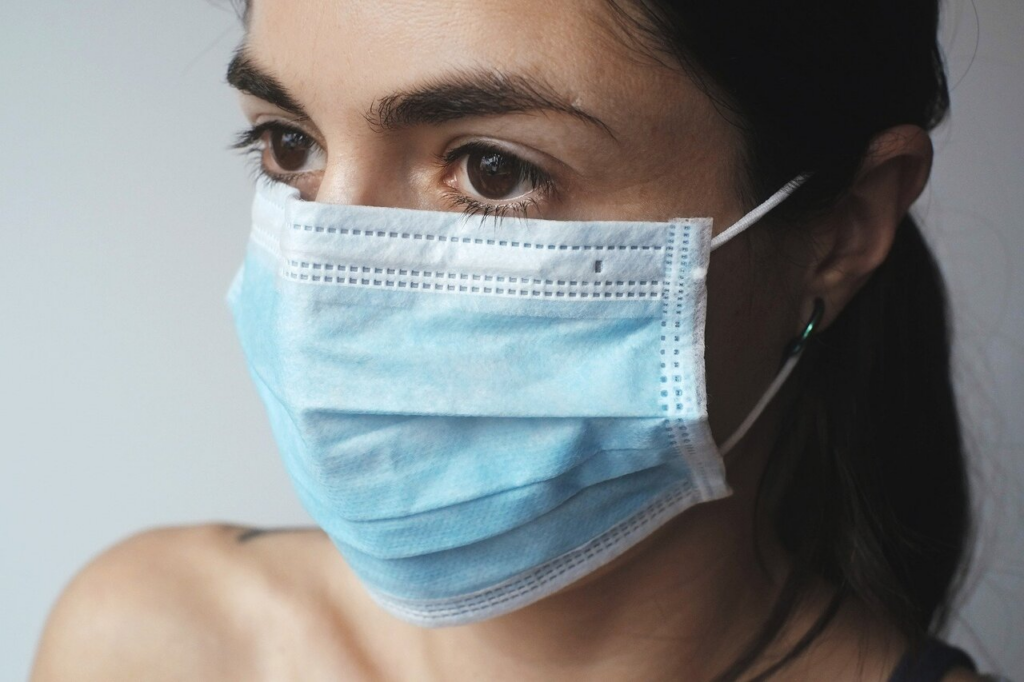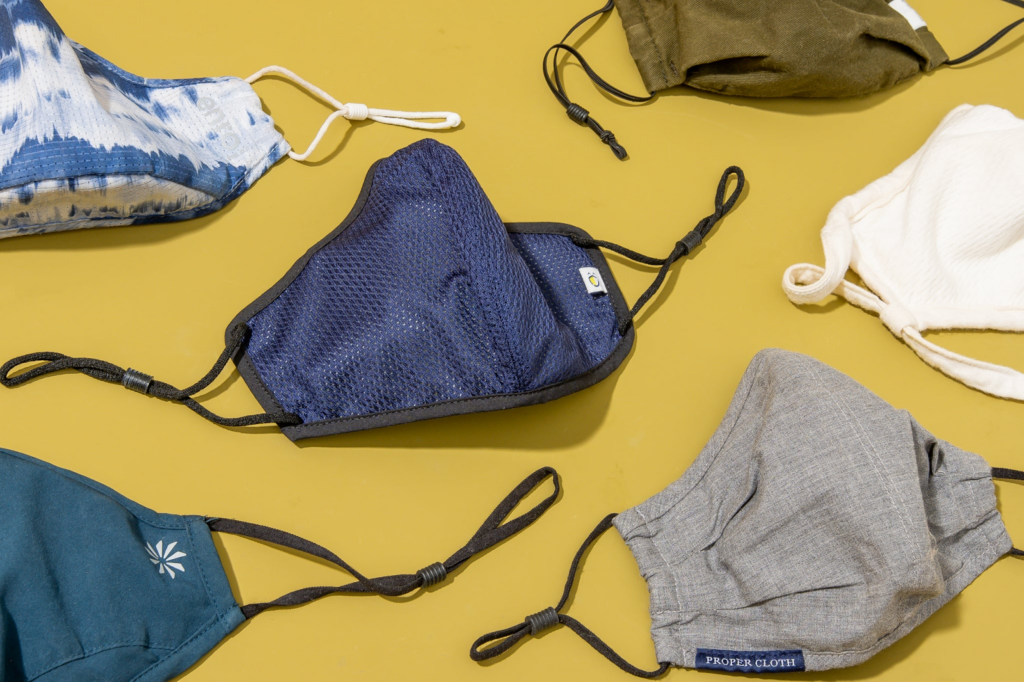Each N95 differs from the next. N95s come in two major varieties: surgical masks and industrial masks. Industrial and surgical N95 respirators both provide various levels of protection appropriate for completely different uses.
N95 surgical respirators
In addition to lowering the wearer’s exposure to airborne biological pollutants, surgical N95 respirators are made to provide some protection against liquid splashes like blood or bodily fluids. They are developed for usage in healthcare environments. A tight seal is created across the mouth and nose using surgical N95s. Surgical N95s must be periodically fit tested and customized to the wearer’s face in order to be most effective.

The key differences between surgical N95s and industrial N95s
The FDA must authorize surgical N95s, which is the first requirement. The second is that surgical N95s are examined for biocompatibility and fluid resistance to make sure they won’t irritate or trigger allergies in users. Click here to read more about Consider these factors when buying disposable gloves.
Industrial N95 respirators
Industrial N95 respirators are designed for usage in areas including mining, construction, and metallurgy. Industrial N95s are intended to lessen exposure to certain airborne contaminants and oil-free aerosols. Although these respirators do not need FDA clearance, they do need NIOSH approval. Industrial N95 respirators, like surgical N95 respirators, function best when a tight seal is formed over the wearer’s mouth and nose. According to the OSHA Respiratory Protection Standard, workers in industrial environments must have their N95s routinely fit checked as well.
Industrial and surgical N95 respirators are similar in nature, however, they have different purposes. Industrial N95 respirators have been certified for usage in non-surgical healthcare facilities during a crisis circumstance like COVID-19.
Using a surgical mask when infected with the 2019 coronavirus
Stay at home if you have COVID-19 symptoms, with the exception of getting medical attention. If a surgical mask is offered, use it if you live with people or are seeing a doctor.
Though they cannot prevent infection with SARS-CoV-2, surgical masks may assist catch infectious respiratory secretions.
This may be a crucial tool for limiting the virus’s ability to infect those nearby.

So, how exactly do you use a surgical mask? The steps are as follows:
- Wash your hands with soap and water or sterilize them with an alcohol-based product.
- Check the mask for rips or holes before donning it.
- Determine where the mask’s metal strip is. This is the mask’s top.
- Turn the mask so that the colored side is facing away from you, or outward.
- Position the top portion of the mask over your nose, shaping the metal strip to fit the contours of your nose.
- Carefully knot the long, straight ties behind your head or wrap the elastic bands behind your ears.
- Make sure the mask covers your lips, chin, and nose by pulling the bottom of the mask down.
- Make an effort not to touch the mask while you are wearing it. Make care to promptly wash your hands after touching or adjusting your mask.
- To remove the mask, loosen the ties or bands behind your head or behind your ears. Do not contact the mask’s front, which can be contaminated.
- Immediately throw away the mask in a closed trash can, and then wash your hands very well.
Several drugstores and supermarket shops carry surgical masks. They could be available for purchase online as well.
using surgical masks during the COVID-19 outbreak
Following are some guidelines to follow while using face masks during the COVID-19 pandemic:
- Set aside N95 respirators for usage by first responders and healthcare professionals.
- Surgical masks are disposable; they should only be used if you presently have COVID-19 or are at home with a person who cannot wear a mask. Don’t use them again.
- If your surgical mask is soiled or broken, replace it.
- Immediately after removing your surgical mask, throw it away in a closed trash can.
· Wash your hands before putting on and after removing your surgical mask. Additionally, if you contact the mask’s front while wearing it, wash your hands immediately.
If I’m taking care of someone who could have COVID-19, should I wear a mask?
There are precautions you may take in regards to surgical masks, gloves, and cleanliness if you are taking care of someone at home who has COVID-19. To achieve the following:
- Place them in a different room in the house, away from other occupants, preferably with access to a private bathroom.
- Provide them with a supply of disposable surgical masks, especially if they will be in close proximity to people.
- Some COVID-19 patients may not be able to use a surgical mask because it can make breathing more difficult. If so, make a point of wearing one while attending to them in the same space.
- When handling filthy clothes, use disposable gloves. After usage, place the gloves in a closed trash can and immediately wash your hands.
- Use an alcohol-based hand sanitizer or soap and water to routinely wash your hands. If your hands aren’t clean, try to avoid touching your mouth, nose, or eyes.
- Keep in mind to clean high-touch surfaces every day. Countertops, doorknobs, and keyboards fall under this category.
Takeaway
When it’s difficult to keep a 6-foot distance from other people in public situations, the CDC advises using fabric face covers, such as DIY face masks.
Cloth face masks should be used while maintaining a healthy distance from others and maintaining good hygiene. N95 respirators and surgical masks should only be used by hospitals and healthcare professionals.
When worn properly, N95 respirators help guard against catching SARS-CoV-2. To ensure that the N95 respirator seals properly, users must undergo a fit test.

You cannot avoid getting SARS-CoV-2 by using a surgical mask. It may, however, aid in preventing you from spreading the illness to others.
Wear a surgical mask only if you have COVID-19 and must be among others, or if you are providing care for a family member who is unable to wear one. It’s crucial that you only use a surgical mask in the circumstances mentioned above. You can also read about Types of face masks by visiting https://www.covid19.act.gov.au/restrictions/face-masks#Types-of-face-masks
Medical professionals and first responders urgently need surgical masks and respirators due to the present scarcity.
You may contribute old surgical face masks by getting in touch with your neighborhood hospital, fire department, or state health agency.
